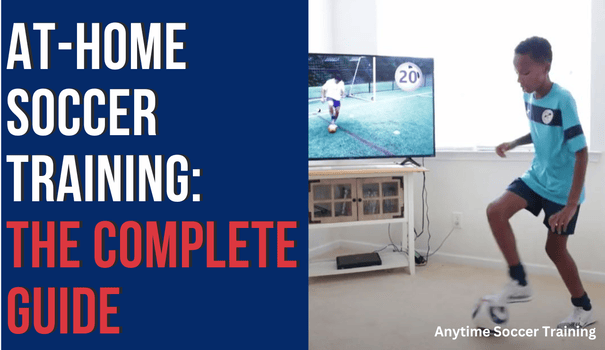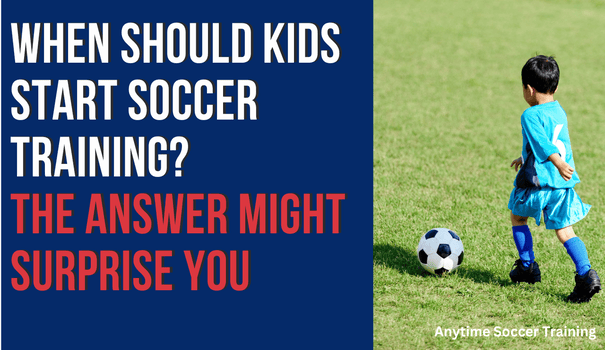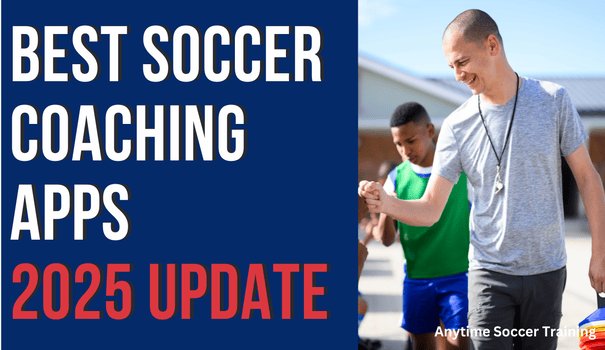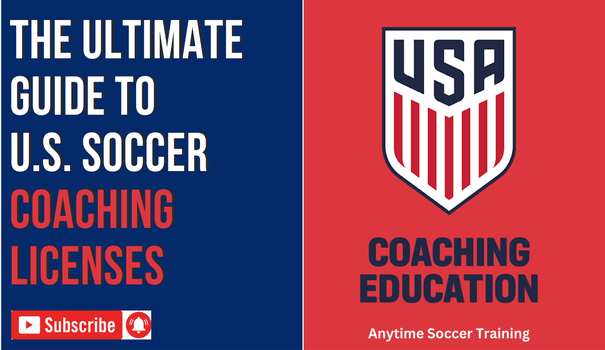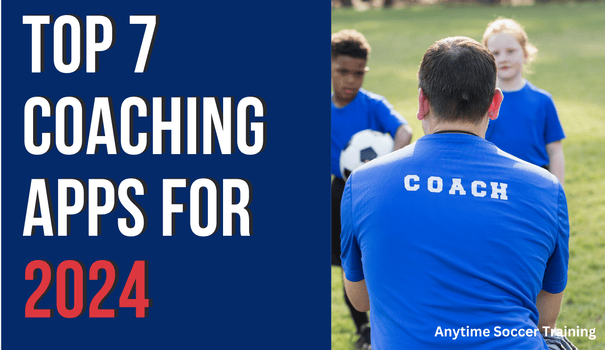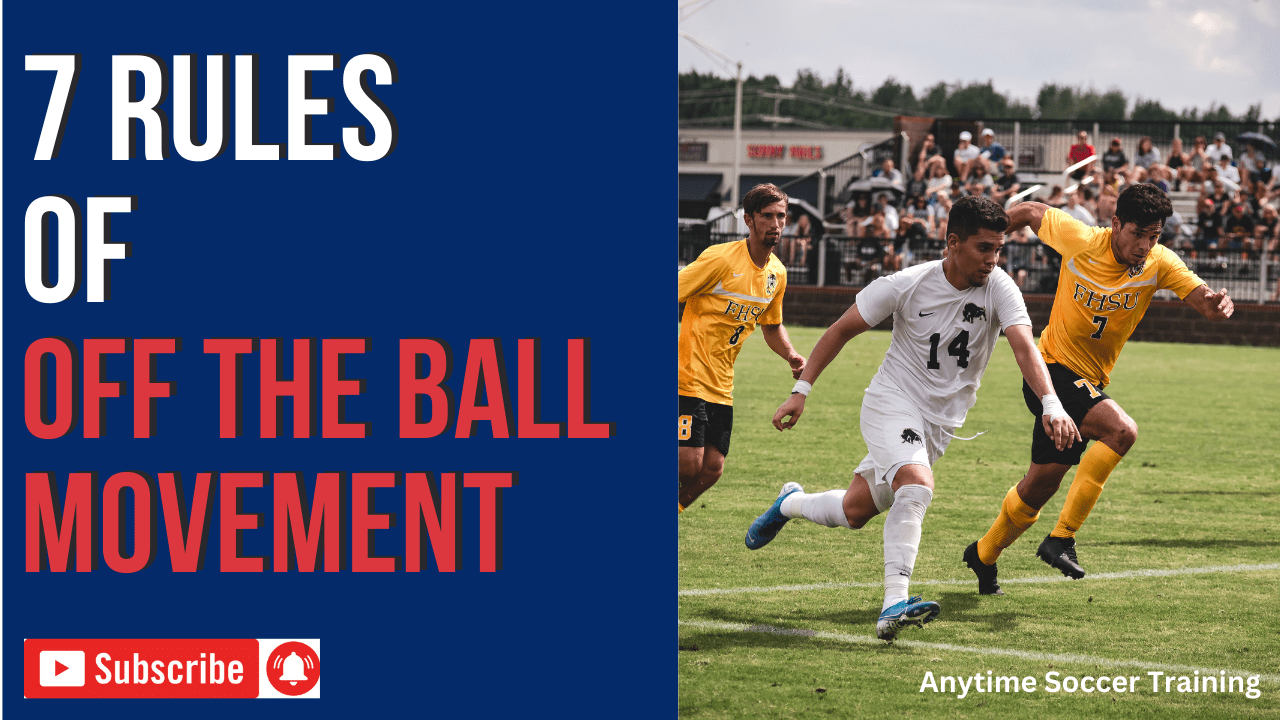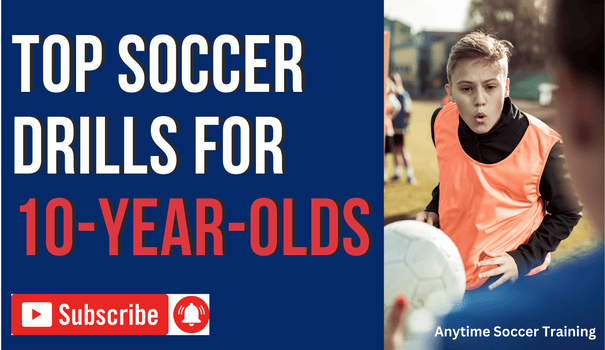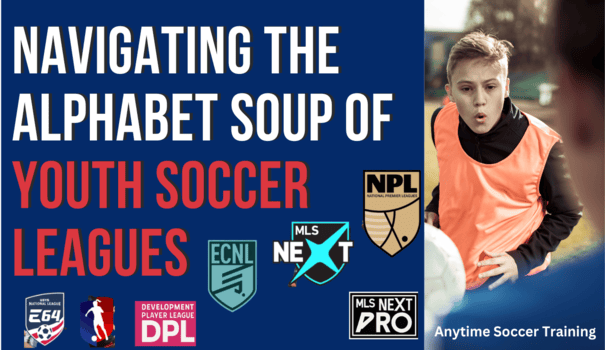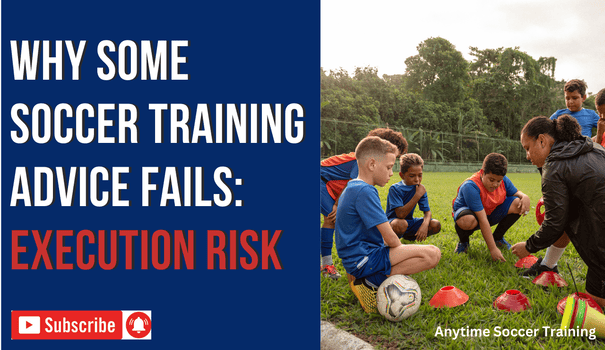
Recently, I was listening to a popular soccer coaching podcast while driving my son, Adam, to one of his games.
The guest, a respected coach with top-level global experience, confidently explained that:
Team practices should focus entirely on game-like situations—no unopposed technical work, only decision-making, positioning, and high-pressure drills.
I could almost picture it: a well-organized practice with players executing passes under pressure, making split-second decisions, and following the coach’s perfect and timely instructions.
But then I thought, “Even if this advice is 100% correct, how does it play out in the real world?”
How practical is it when you have players of varying skill levels and coaches who may not have the experience to guide them through technical development?
Can players thrive in a game-only environment if the coach isn’t equipped to provide the right balance? Is it possible that focusing solely on game-like scenarios might overlook important aspects of development?
This got me thinking about execution risk—how the gap between our intentions and the actual outcome often widens when there are challenges in real-life situations.
What is Execution Risk?
It’s the gap between what we plan to do and what actually happens.
Execution risk isn’t about a lack of effort, but about how factors like limited resources, coaching experience, or external factors can get in the way of our goals.
For example, the advice to focus exclusively on game-like situations may sound great in theory. But in practice, execution risk can arise due to varied skill levels among players or a coach’s ability to foster technical development in a fast-paced complex environment.
In this podcast, the discussion dives deeper into these challenges and explores how to navigate execution risk in soccer training. I encourage you to listen for a more in-depth look at how these factors impact training and player development.
